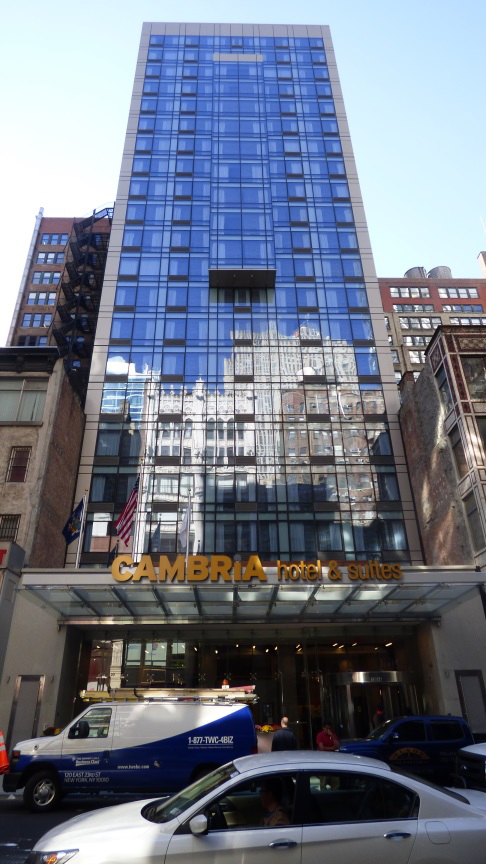News:
Green Buildings
Posted: May 26, 2015
Control technology for LED lighting cuts energy usage by half again
LED lighting for commercial, industrial and consumer use has rapidly become mainstream, driven by a variety of factors such as large energy cost savings, long life, superior lighting quality and affordable prices. Many forecasts see over 80% of the world's lighting being converted to LEDs by year 2020. And now a new generation of control technology is promising to cut lighting energy costs in half again, and at a relatively small cost.
By combining LED illumination with advanced control technology, companies such as Xeleum Lighting are making it possible to precisely manage light levels, and to direct the illumination to locations where and when it's desired. Then, when the system senses that there is no further need for full illumination, it switches it to an energy saving preset lower level, or even to fully off.
Xeleum's new LED fixtures for stairwells and low occupancy locations are perfect examples of this new technology. When a person enters a stairwell in which Xeleum Athena stairwell fixtures are installed, attached sensors immediately direct the fixture at that landing to switch from low to full illumination and, simultaneously, instructions are wirelessly transmitted to fixtures at adjacent landings to also switch from low to full illumination.
The system then senses the direction of movement of the occupant and continues to maintain full illumination of the landings at, above and below, the occupant as the occupant progresses from landing to landing. On landings within the stairwell where there are no occupants, the illumination is maintained at the low level specified by building code.
The result is that energy costs are reduced by as much as 80% over traditional fluorescent stairwell lighting without this control technology.
Xeleum's Artemis wireless networked technology for office, warehouses and commercial garage fixtures accomplishes similar savings with a different control technology, one that is tailored for this specific application. Here, the fixtures are wirelessly connected to form a network and the user has the option of having the full network, or zones within the network, switch from a preset low lighting level to full illumination upon the detection of occupancy by sensors built into the fixtures.
The result is that when there is occupancy at a location within a zone, illumination of all fixtures within that zone switches from full off or from a low preset level, to fully on then, after there is no further occupancy, illumination returns to its energy savings low level. This microprocessor based feature is not only affordable but, because it does not require a coordinator, gateway or special application running on a separate computer, is simple to install and operate.
When control technology is added, the payback period is cut by as much as 50% from the 24 months typical of simple conversions to LED lighting.
These products are already finding wide use in a wide variety of applications that range from office buildings and schools to hospitals and commercial garages.
Bob Diamond is the president of Xeleum, Mt. Kisco, N.Y.
Tags:
Green Buildings
MORE FROM Green Buildings
IREON Insights: DURA Architectural Signage manufactures and delivers over one million signs
Long Island City, NY Since its founding in 1955, IREON member DURA Architectural Signage has proudly manufactured and delivered more than one million signs to clients across a wide range of industries. From architectural interior signage to large-scale exterior installations, their work can be seen in corporate








.gif)

.gif)
.jpg)
.gif)